Buy the photo Ice Diamond by Arnold van Wijk on canvas, ArtFrame, poster and wallpaper, printed on demand in high quality.
About "Ice Diamond"
by Arnold van Wijk
About the artwork
The black beach in south-east Iceland is often dotted with the most beautiful ice sculptures. These originate from the Breiðamerkurjökull, a large glacial tongue of the Vatnajökull, an 8100 km2 ice sheet. The ice lumps break off from the glacier and end up in the Jökulsárlón, a lake at the foot of the Breiðamerkurjökull. Here, the icebergs drift towards the sea via a small river, where they are left on the beach by the surf. Especially after a strong storm, it is common to find icebergs as much as two to three metres high, but usually they are a lot smaller. The icebergs you find on the beach have taken between 1,000 and 1,500 years to be given back to the sea from precipitation in solid form (snow) on the mountain to a small lump of ice on the beach. Here, they slowly melt away due to the influence of seawater and, in summer, temperatures above freezing.

About Arnold van Wijk
I'm a Dutch landscape photographer, born in The Hague, june 18th 1966. I started making pictures at the age of 14, with a Yashica Minister III rangefinder. Landscape and Nature photography has always been my favorite subject, especially Italy, Scotland and Iceland are my favorite.. Read more…
 Netherlands
Netherlands Ordered in March 2025
Ordered in March 2025
 Germany
Germany Ordered in January 2020
Ordered in January 2020
 Germany
Germany Ordered in June 2023
Ordered in June 2023
 Germany
Germany Ordered in July 2019
Ordered in July 2019
 Germany
Germany Ordered in October 2019
Ordered in October 2019
 Netherlands
Netherlands Ordered in November 2021
Ordered in November 2021
 Netherlands
Netherlands Ordered in May 2020
Ordered in May 2020
 Germany
Germany Ordered in June 2020
Ordered in June 2020
 Germany
Germany Ordered in June 2021
Ordered in June 2021
 Netherlands
Netherlands Ordered in June 2020
Ordered in June 2020
 Germany
Germany Ordered in December 2024
Ordered in December 2024
 Netherlands
Netherlands Ordered in January 2022
Ordered in January 2022
About the material
ArtFrame™
Interchangeable Art Prints
- High-quality print
- Easily interchangeable
- Acoustic function
- Large sizes available
Discover the artworks of Arnold van Wijk
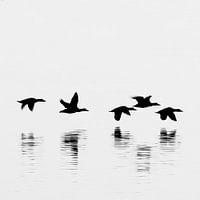 Eiders - IcelandArnold van Wijk
Eiders - IcelandArnold van Wijk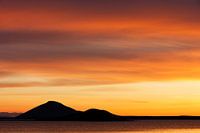 Myvatn sunset - IcelandArnold van Wijk
Myvatn sunset - IcelandArnold van Wijk Eider ducks - IcelandArnold van Wijk
Eider ducks - IcelandArnold van Wijk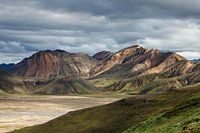 Landmannalaugar - IcelandArnold van Wijk
Landmannalaugar - IcelandArnold van Wijk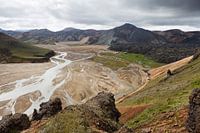 Landmannalaugar - IcelandArnold van Wijk
Landmannalaugar - IcelandArnold van Wijk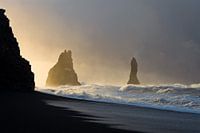 ReynisdrangarArnold van Wijk
ReynisdrangarArnold van Wijk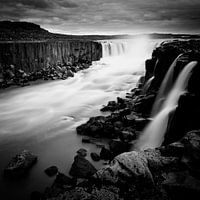 SelfossArnold van Wijk
SelfossArnold van Wijk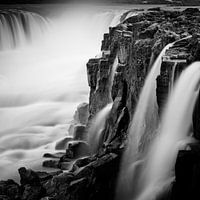 SelfossArnold van Wijk
SelfossArnold van Wijk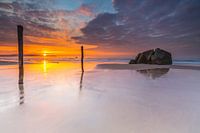 Cote d'OpaleArnold van Wijk
Cote d'OpaleArnold van Wijk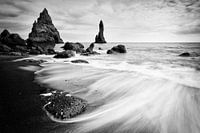 ReynisdrangarArnold van Wijk
ReynisdrangarArnold van Wijk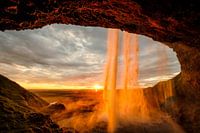 Seljalandsfoss - IcelandArnold van Wijk
Seljalandsfoss - IcelandArnold van Wijk Florence panoramaArnold van Wijk
Florence panoramaArnold van Wijk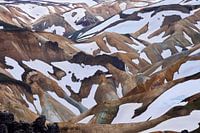 LandmannalaugarArnold van Wijk
LandmannalaugarArnold van Wijk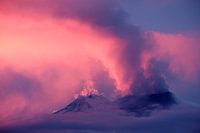 MongibelloArnold van Wijk
MongibelloArnold van Wijk New YorkArnold van Wijk
New YorkArnold van Wijk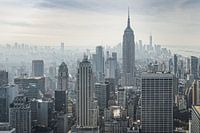 New YorkArnold van Wijk
New YorkArnold van Wijk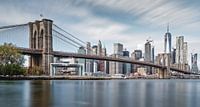 Brooklyn BridgeArnold van Wijk
Brooklyn BridgeArnold van Wijk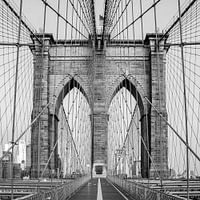 Brooklyn BridgeArnold van Wijk
Brooklyn BridgeArnold van Wijk ManhattanArnold van Wijk
ManhattanArnold van Wijk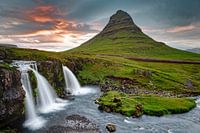 KirkjufellArnold van Wijk
KirkjufellArnold van Wijk
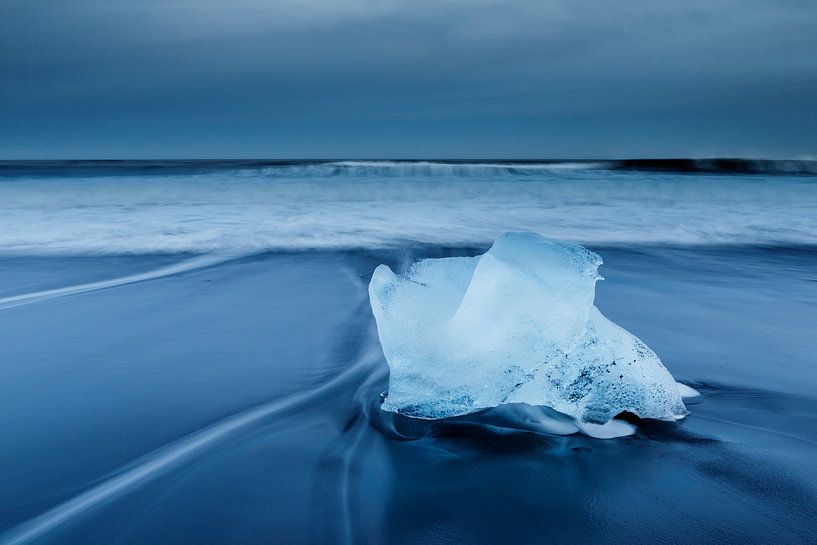












 Beach
Beach Ice
Ice Iceberg
Iceberg Iceland
Iceland Jökulsárlón
Jökulsárlón Melancholic Elegance
Melancholic Elegance Mysterious Spheres
Mysterious Spheres Oceans and seas
Oceans and seas Photo wallpaper
Photo wallpaper Photography
Photography Serene Peace
Serene Peace









